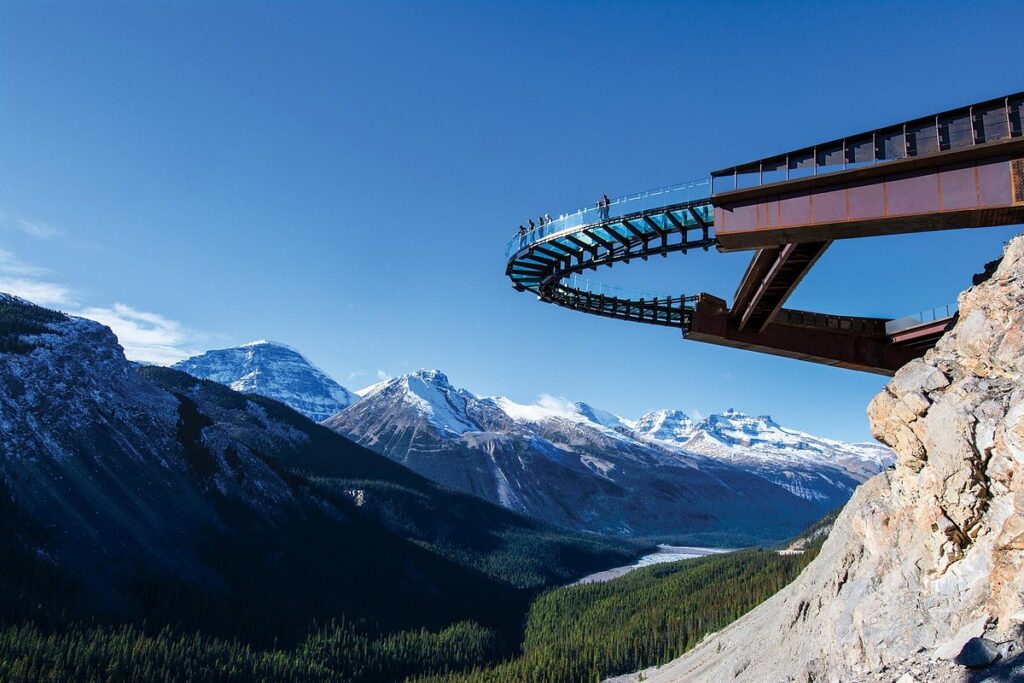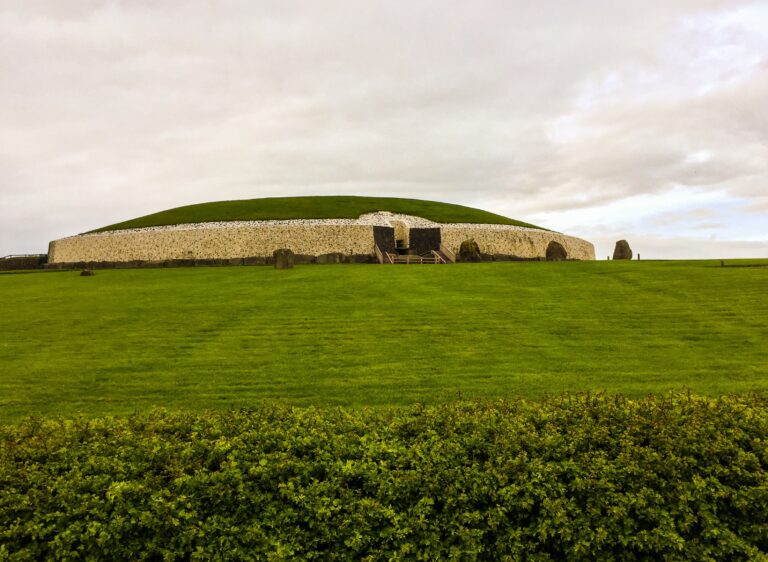15 Spots on Earth Where You Can Actually See the Milky Way

City lights may blind our skies, but out there — far from traffic and skyscrapers — the stars still burn bright. From high-altitude deserts to remote islands and national parks, the world has some seriously breathtaking places to look up and get humbled by the universe. Whether you’re chasing the Milky Way, meteor showers, or just a night sky so clear it feels like a dream, these 15 stargazing spots are cosmic gold. No telescope required – just your eyes and a bit of wonder.
1. Mauna Kea – Hawaii, USA

Sitting nearly 14,000 feet above sea level, Mauna Kea is one of the highest island mountains in the world—and one of the best places on Earth to view the stars. The thin, dry air and lack of light pollution make the skies incredibly sharp. Astronomers from around the globe study the heavens here. You can visit the visitor center for free nighttime programs or just pull over and look up. The Milky Way has never looked so close.
2. Atacama Desert – Chile

This high, bone-dry desert gets less than 1 inch of rain per year—and more stars than you can count. With near-zero humidity, high altitude, and clear skies almost every night, it’s a favorite for both pro observatories and stargazing travelers. Towns like San Pedro de Atacama offer affordable stargazing tours with telescopes and guides. Even without one, the sky is pure magic.
3. Aoraki Mackenzie – New Zealand

Designated as an International Dark Sky Reserve, this area on New Zealand’s South Island is where the Southern Hemisphere puts on its best show. Aoraki/Mount Cook stands tall in the distance, and the skies are so dark you can clearly see the Magellanic Clouds—two galaxies visible to the naked eye. Lake Tekapo is a popular stargazing hub, and the views? Absolutely celestial.
4. NamibRand Nature Reserve – Namibia

In southern Africa, the NamibRand Desert offers epic dunes by day—and a sky full of starlight by night. It’s one of the least light-polluted places in the world. Stay in a remote lodge or camp under the stars, and you’ll see the Milky Way in stunning detail. There’s even a stargazing platform built into some lodges. Come for the solitude, stay for the galaxy views.
5. Jasper National Park – Alberta, Canada

Jasper is part of one of the largest dark sky preserves in the world, and it shows. The skies are crystal-clear, especially in fall when the annual Jasper Dark Sky Festival takes place. You can spot planets, star clusters, and northern lights—all framed by the Canadian Rockies. The combination of stargazing and mountain air is pure peace.
6. La Palma – Canary Islands, Spain

La Palma isn’t just an island paradise—it’s also home to some of the best stargazing in Europe. Its Roque de los Muchachos Observatory sits high above the clouds, and strict light pollution laws protect the night sky. Public viewpoints like Mirador del Llano del Jable offer wide-open views and silent nights. It’s where volcanic rock meets galactic glow.
7. Wadi Rum – Jordan

Known as the Valley of the Moon, this desert has zero light pollution and a Mars-like landscape to match the alien beauty above. Bedouin guides offer overnight stays in camps or tents under the stars. You’ll see constellations stretch from horizon to horizon—and hear only the wind as you watch shooting stars zip past. Wadi Rum is raw, quiet, and deeply cosmic.
8. Cherry Springs State Park – Pennsylvania, USA

You don’t need to fly halfway around the world for stargazing bliss. Cherry Springs is one of the best places in the continental U.S. for dark skies. It’s a designated Gold Tier Dark Sky Park, and even amateur stargazers can spot the Milky Way, planets, and nebulae with the naked eye. There are star parties, astronomy programs, and plenty of camping nearby.
9. Uluru-Kata Tjuta National Park – Australia

The red desert around Uluru offers some of the darkest skies in Australia. As the sun sets over the iconic rock formation, the stars begin to pour in. With minimal humidity and no city lights for miles, this Outback sky is an astronomer’s playground. Join an Aboriginal stargazing tour to hear ancient stories about the constellations. The Southern Cross never looked so spiritual.
10. Sagarmatha National Park – Nepal

High in the Himalayas, stargazing comes with thin air and dramatic views. Near Everest Base Camp, the skies feel even closer than the mountains. With very little infrastructure and almost no light pollution, the stars are dazzling. Bundle up, sit outside your tea house, and marvel at the universe with snow-capped peaks as your frame. The cosmos has never felt so quiet.
11. Brecon Beacons – Wales, UK

Surprisingly wild and dark, this area of southern Wales is a designated International Dark Sky Reserve. The park hosts astronomy events and even offers “Dark Sky-Friendly” accommodations. You can lay on a hill, watch the stars twinkle over the countryside, and maybe catch a meteor or two. It’s humble and heavenly.
12. Big Bend National Park – Texas, USA

Big skies meet big stars in this remote corner of southwest Texas. With some of the darkest night skies in North America, Big Bend offers spectacular views of the Milky Way and even the Andromeda Galaxy. The park offers ranger-led star walks and has minimal artificial light anywhere nearby. The desert silence only adds to the cosmic vibe.
13. Tenerife – Canary Islands, Spain

Tenerife shares the same sky-friendly laws as La Palma and boasts the Teide Observatory, one of the top astronomical sites in the world. Mount Teide itself rises above the clouds, offering perfect stargazing conditions. Guided night tours take you to the summit for a front-row seat to constellations, shooting stars, and even Saturn’s rings if you’ve got a scope.
14. Patagonia – Argentina & Chile

Far from cities, Patagonia offers remote wilderness with night skies so clear they feel unreal. Whether you’re in Torres del Paine or El Chaltén, just step outside your tent or lodge and look up. The stars feel endless. It’s especially beautiful in winter (June–August), when the Southern Hemisphere constellations are crisp and bright.
15. Galloway Forest Park – Scotland

Scotland’s first Dark Sky Park, Galloway offers crisp, star-filled nights away from urban glare. You can see over 7,000 stars with the naked eye on a clear night, including the Milky Way arching over the rolling hills. The park has stargazing points and a dedicated visitor center for night sky lovers. Even better? You can combine it with whiskey by the fire after your gaze into the abyss.
The content in this article has been generated with the assistance of AI.






